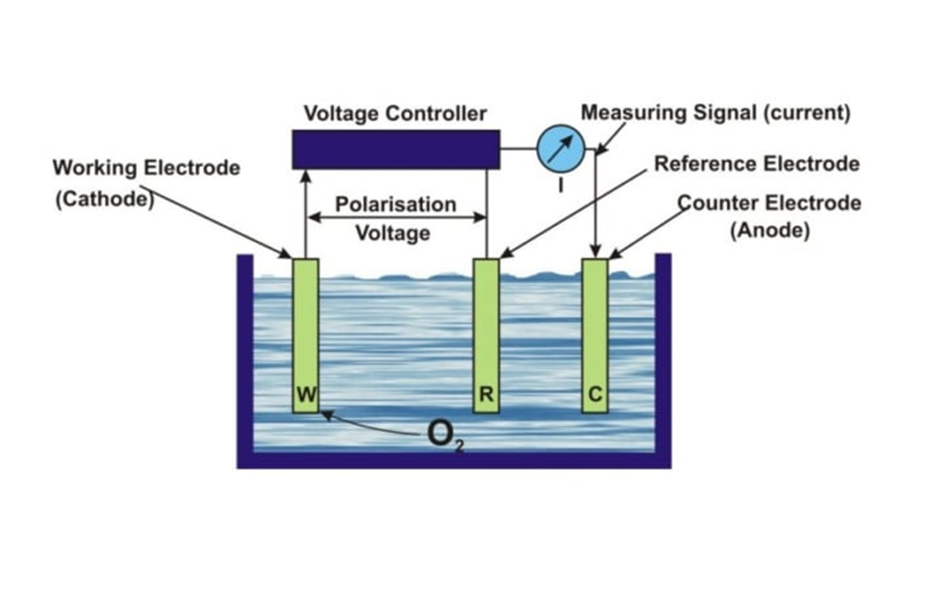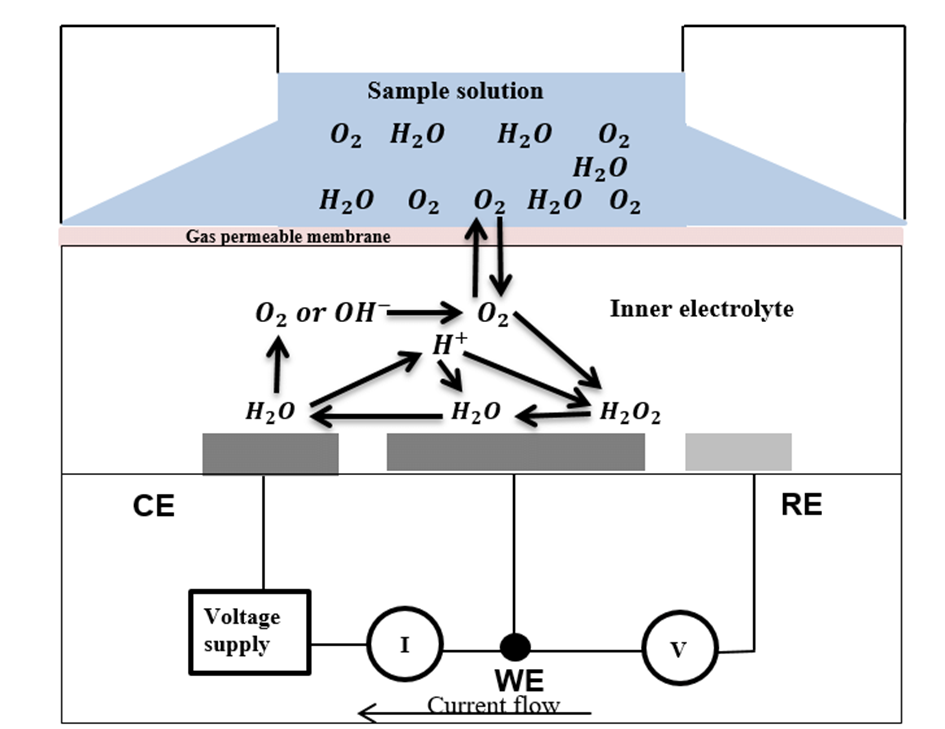
Menu
Home
-
Products
-
 Precise sensor and equipment for Food, Beverage, Pharmacy industry
Precise sensor and equipment for Food, Beverage, Pharmacy industry -
 SensiFlow® - Stainless Steel modular assembly's product line for precise liquid and gas analyzing.
SensiFlow® - Stainless Steel modular assembly's product line for precise liquid and gas analyzing. -
 Multiparametric, modular analytic systems based on SensiFlow® assemblies for On-line control and In-line product range for usual solutions.
Multiparametric, modular analytic systems based on SensiFlow® assemblies for On-line control and In-line product range for usual solutions. -
 Full range of armature for Hygienic applications
Full range of armature for Hygienic applications -
 Quality Assurance and management system
Quality Assurance and management system -
From process automation until process engineering, full scope of consulting and service solutions.
-
 Explore our comprehensive product group featuring advanced water treatment and process systems
Explore our comprehensive product group featuring advanced water treatment and process systems
-









